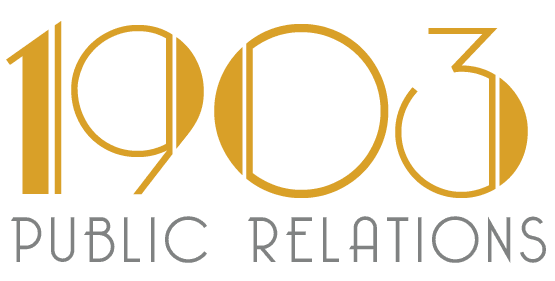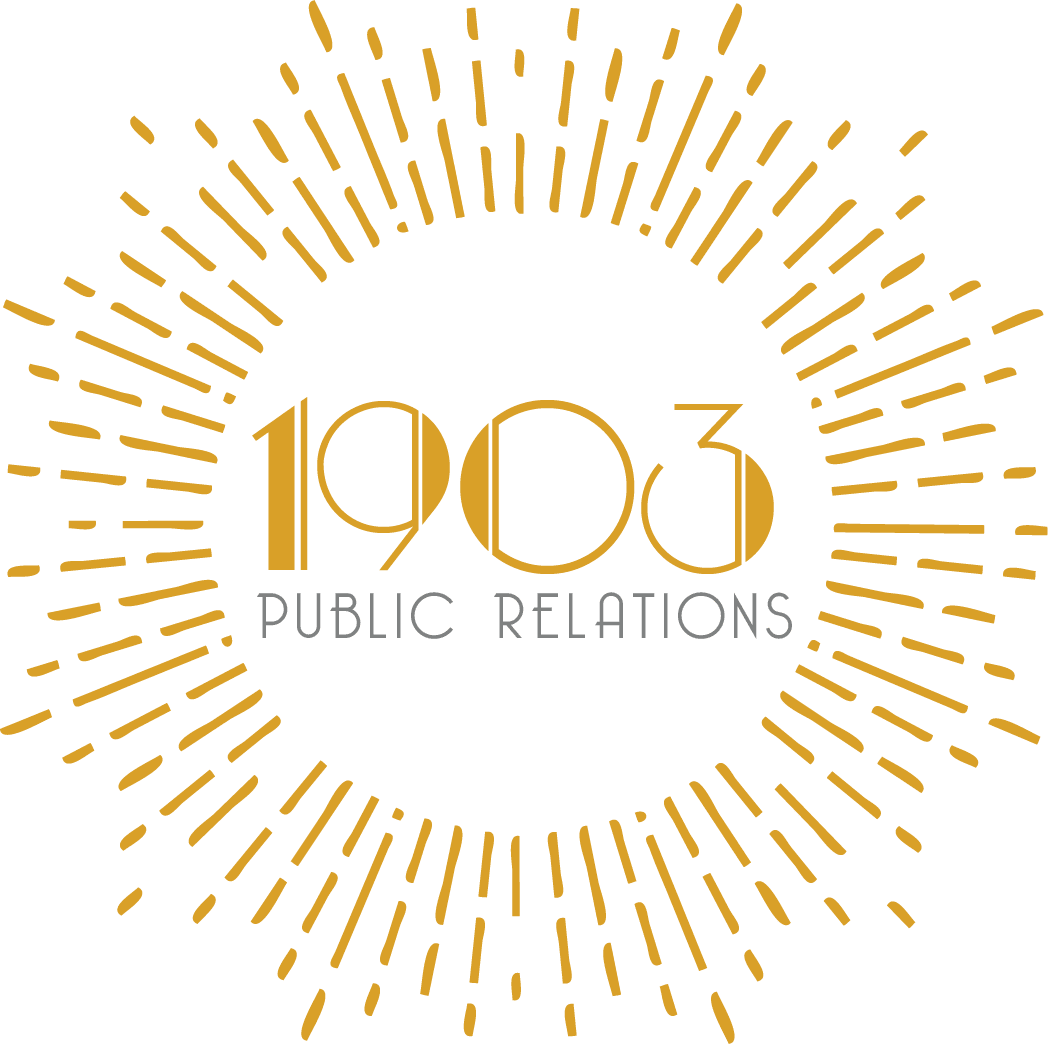Public relations (PR), marketing, and advertising are some of the most common tools used by businesses in order to reach customers. All three are designed to raise awareness of a company or product in a positive manner and generally the company will target its message toward a particular audience or business goal. At times these tools are treated like they are interchangeable, but they are not. They each have their own purpose and the outcomes are vastly different.
Advertising is typically paid for by businesses wishing to promote/sell their products or services. When customers are looking for a product or service they look for a company they can trust. Since ads are completely controlled by the companies paying for them, they are only going to tell you positive things about their products and highlight the best attributes. We all know ads leave out anything bad. We’ve all had the moment when we realize later purchasing a product that the information in the advertisement is different than the actual product. As a result, ads can have low confidence because of the likelihood for spreading misrepresentation. As a company you pay for an advertisement and that is exactly what you get.
Marketing is generally geared towards existing or potential customers and is often accomplished through emails, newsletters, blogs and flyers. If your company’s goal is to scale and reach new customers, marketing alone will not accomplish this. The reach of marketing is limited, which makes it less effective. If your desire is to scale and grow, while marketing can be useful, it will not deliver new revenue. Marketing collateral can be used by other parts of your organization as a supplement, but alone won’t reach decision makers.
PR helps form an organization’s messaging, and leverages credible third party sources to tell those messages to its target audience. It focuses on creating a trusted/favorable perception through relationship building and reputation management, and gives credibility to your business as the content is more authentic and informative. Because PR collaborates with third parties that don’t have any affiliation to the company, the things they say are trusted.
When we put all three of these communication strategies side by side, we can see how PR can bring a more genuine, long lasting relationship with customers. Public relations is credible, long lasting, helps build relationships and can reach not just existing customers, but qualified leads, talent, partners and investors. Advertising and marketing have their place, but PR is an incredibly powerful communications tool that should not be overlooked by businesses.


